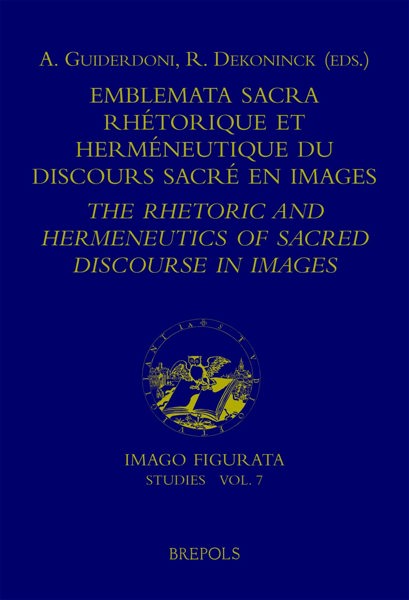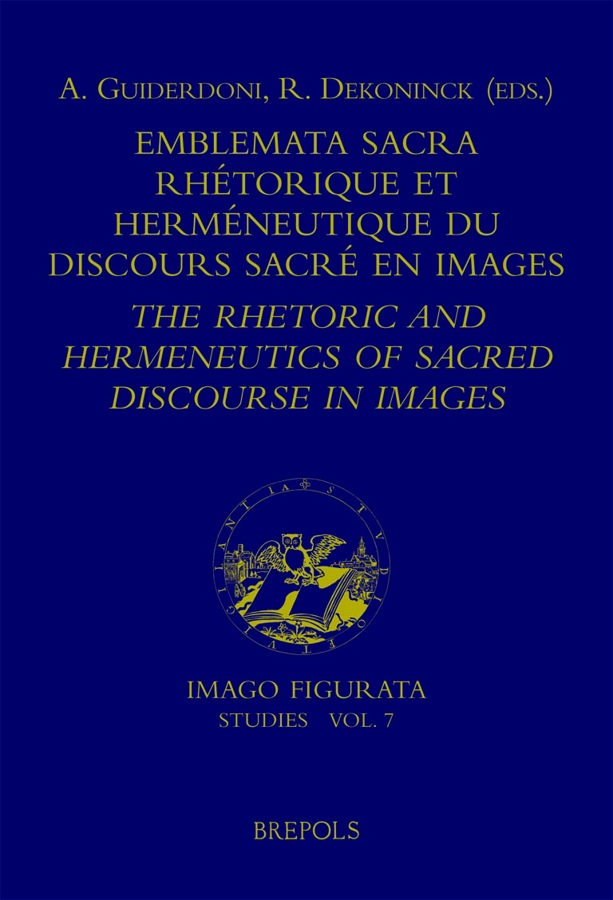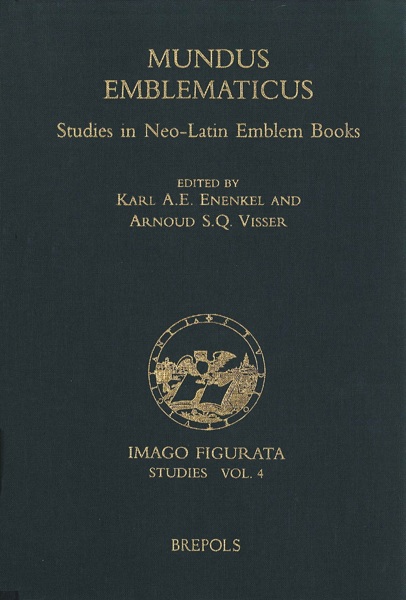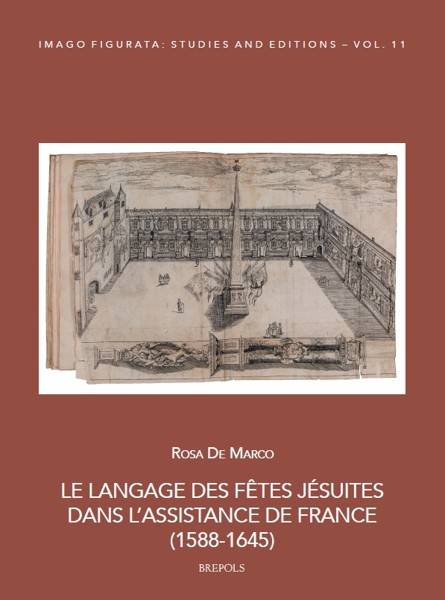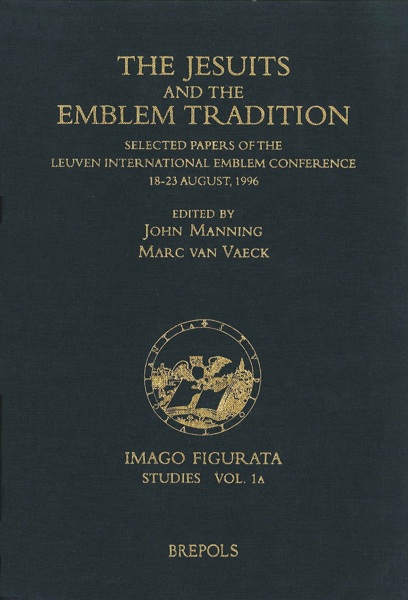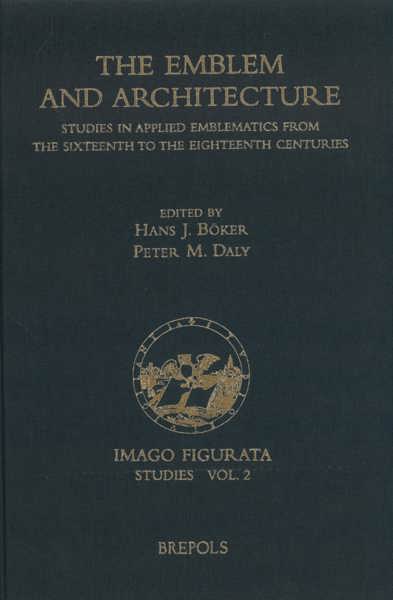
Emblemata sacra
Rhétorique et herméneutique du discours sacré dans la littérature en images. The Rhetoric and Hermeneutics of Illustrated Sacred Discourse
A. Guiderdoni, R. Dekoninck (eds)
- Pages: 652 p.
- Size:160 x 240 mm
- Illustrations:124 b/w
- Language(s):English, French
- Publication Year:2007
- € 70,00 EXCL. VAT RETAIL PRICE
- ISBN: 978-2-503-52469-6
- Hardback
- Available
- € 70,00 EXCL. VAT RETAIL PRICE
- ISBN: 978-2-503-54600-1
- E-book
- Available
The present volume of essays, Emblemata Sacra. The Rhetoric and Hermeneutics of Illustrated Sacred Discourse, follows a conference that took place in January 2005 in Leuven and Louvain-la-Neuve, thanks to the close collaboration between the Katholieke Universiteit Leuven (Literature Department) and the Université Catholique de Louvain (the research group ‘Figures et formes de la spiritualité dans la littérature et les expressions artistiques’).
The 38 essays have been organised in seven sections. The first section (‘Historical and methodological issues’) presents methodological bases for the study of emblematics and spiritual images, as well as the elements necessary for the Christian contextualisation of the corpus. The second section (‘Exegesis of the Scriptures and the Creation’), complementary to the first section, is devoted to exegetical processes developed in different contexts and seeks to emphasise the correspondence between the exegesis of Sacred Scripture and the exegesis of the Creation, which are the two central symbolisms in Christianity. The third section (‘The image in absentia’) focuses on the most critical aspect of the encounter between the Word and the Image, in the form of a paradoxical iconoclastic image, already mentioned in the first section. The fourth section (‘Rhetoric and poetics of the image’) exposes the mutual exchanges between the word of the images and the images of the word. The last three sections all deal with the uses of figures in determined contexts. Thus, the fifth section (‘The image performance’) explores staged, incarnated, and exhibited figures, while the sixth section (‘Circulation of images among different faiths’) gathers studies about different confessional contexts in which spiritual images are used to support and feed the polemics, and the seventh section (‘The efficient image’) opens up the chronology toward the 19th century and then to our own time.
